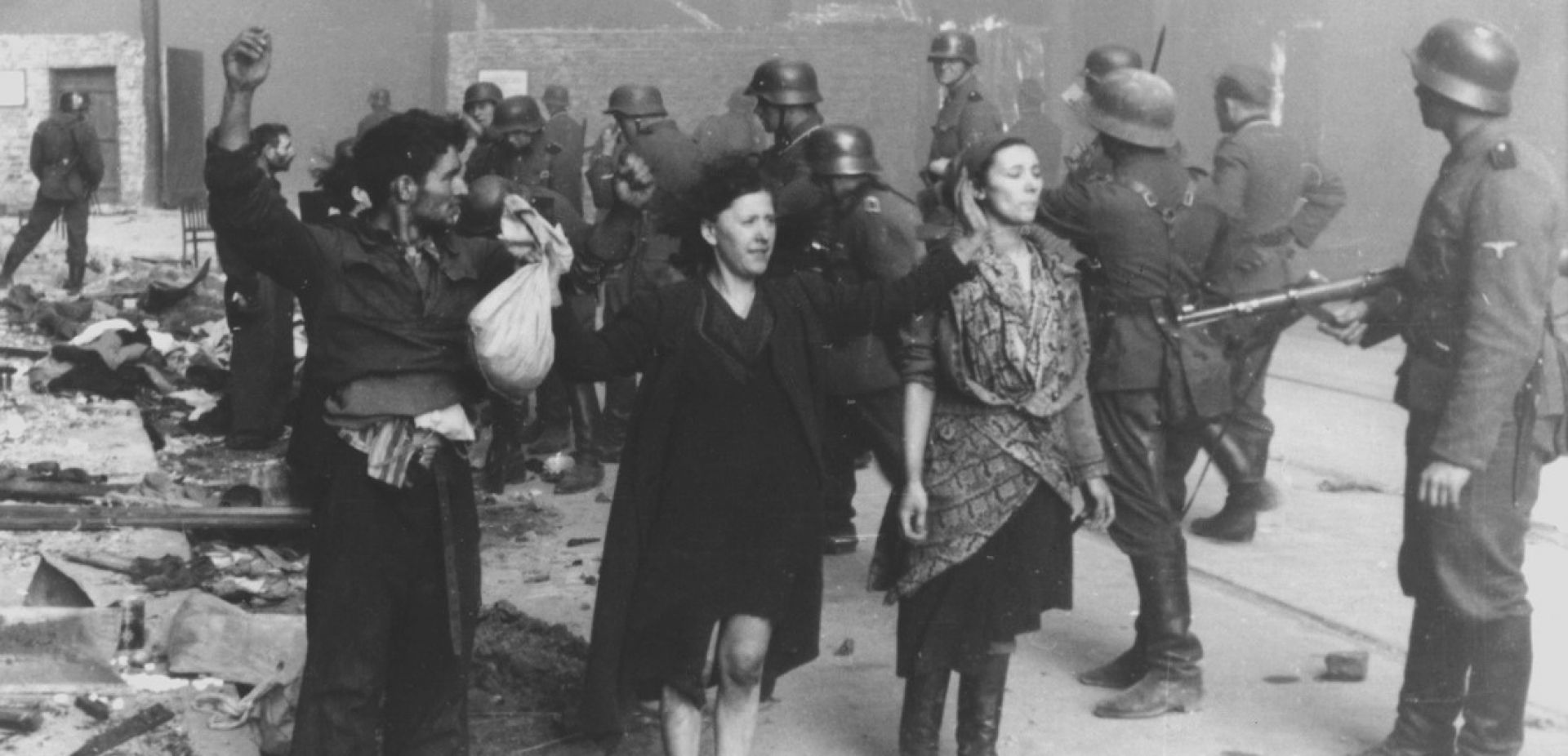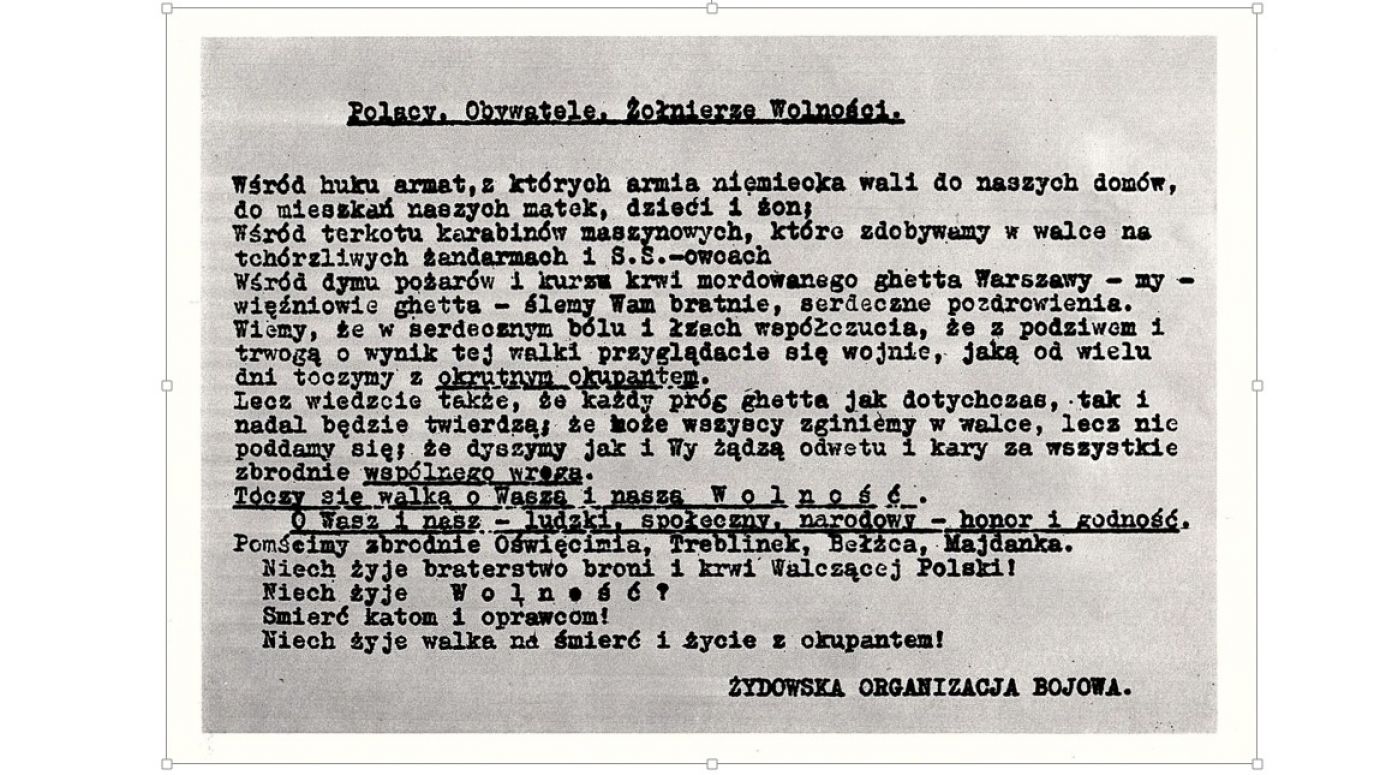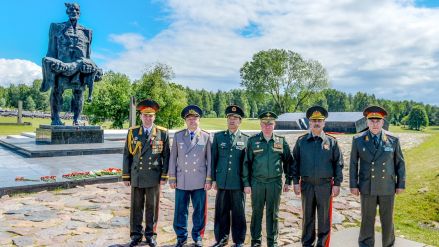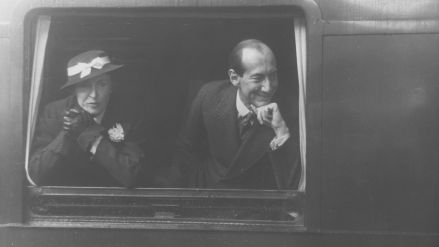
For propaganda reasons, it was more convenient for the Communists to immortalise the uprising of the leftist Jewish youth in the ghetto than the heroism of the military formations of the Jewish Military Union (ŻZW). Almost the entire leadership of the Jewish Military Union fell, fighting in the uprising or trying to get out of the ghetto. Almost the entire leadership of the Jewish Combat Organisation (ŻOB) committed suicide.
 SIGN UP TO OUR PAGE
SIGN UP TO OUR PAGE
 One of the first after the war to officially mention the Jewish Military Union (ŻZW) was Bernard Mark, director of the Jewish Historical Institute (, 'The Warsaw Ghetto Uprising', Warsaw 1963). He mentioned two leaders of this organisation: David Appelbaum - alias. 'Jabłoński', 'Kowal', 'Mietek' - and Paweł Frenkel. 20 years later, Wacław Poterański, an employee of the Department of Party History at the Central Committee of the Polish United Workers' Party (PZPR), wrote about the participation of the ŻZW in the ghetto struggle ('Warszawskie getto', Warsaw 1983). He estimated the fighting Jewish forces in the ghetto at about one thousand men.
One of the first after the war to officially mention the Jewish Military Union (ŻZW) was Bernard Mark, director of the Jewish Historical Institute (, 'The Warsaw Ghetto Uprising', Warsaw 1963). He mentioned two leaders of this organisation: David Appelbaum - alias. 'Jabłoński', 'Kowal', 'Mietek' - and Paweł Frenkel. 20 years later, Wacław Poterański, an employee of the Department of Party History at the Central Committee of the Polish United Workers' Party (PZPR), wrote about the participation of the ŻZW in the ghetto struggle ('Warszawskie getto', Warsaw 1983). He estimated the fighting Jewish forces in the ghetto at about one thousand men. 

80 years ago, a village burned down whose ashes the Soviets used to erase the truth about Katyn.
see more
“I thought I had one hundred divisions behind me but I had a piece of shit” – he said.
see more



